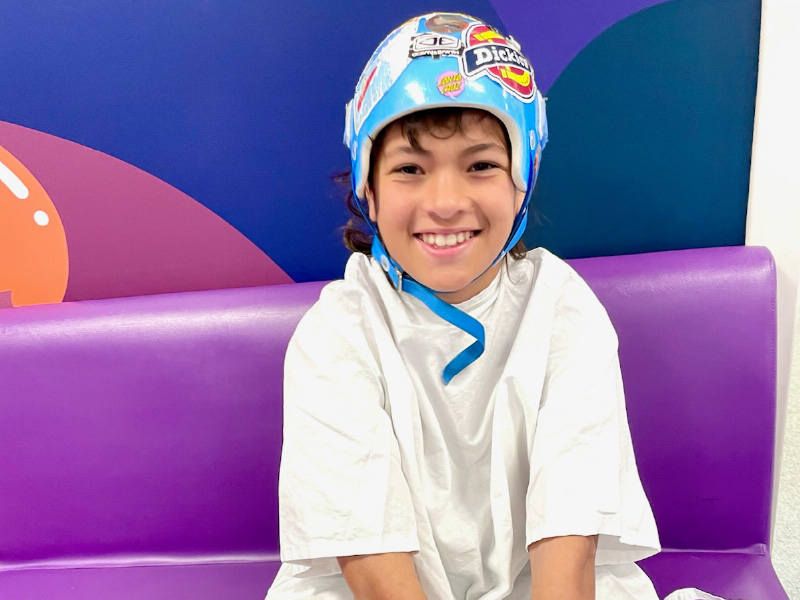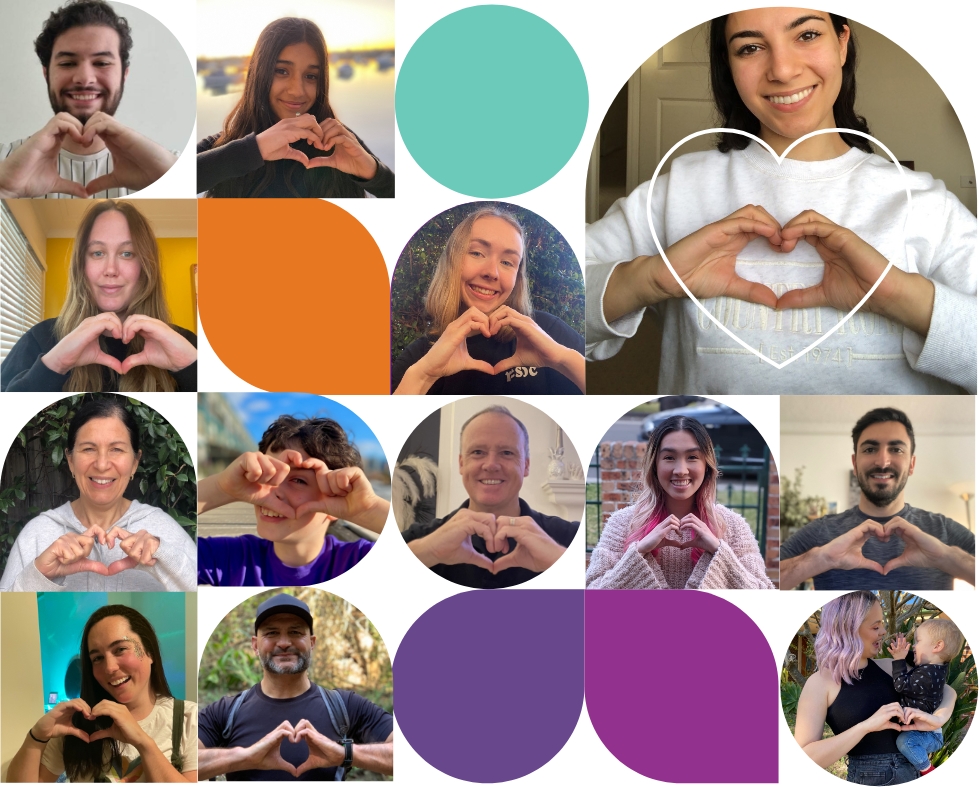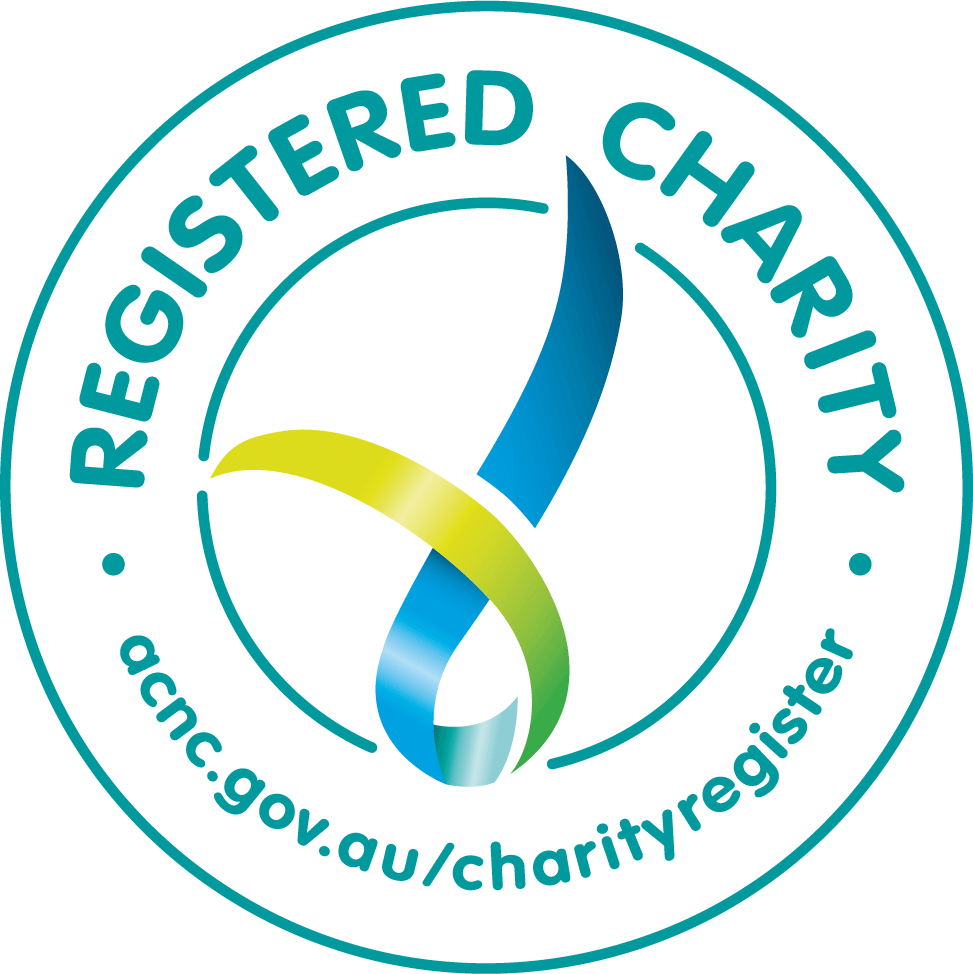For Nicole, it began with something small: her 11-year-old son Remy complained of a headache, and his right eye swelled shut. The doctor suspected a minor infection, but when antibiotics initially seemed to help, life went on.
Just days later, everything changed. Remy’s face began to swell again, this time between his eyes. By Australia Day, he was vomiting uncontrollably, his fever sky-high.
Nicole drove him straight to Sydney Children’s Hospital, Randwick. "He was vomiting the entire time in the car. I didn’t know if I was doing the right thing, but I couldn’t wait any longer." Upon arrival, Remy was triaged immediately. Within an hour, he was having CT scans, which confirmed their worst fears: an infection had spread to his brain.
Remy was diagnosed with a rare and life-threatening condition called Pott’s Puffy Tumour. As doctors worked tirelessly to stabilise Remy, his condition worsened. Despite IV antibiotics, he remained in excruciating pain, and the swelling on his brain became critical. Neurosurgeons had no choice but to operate twice.
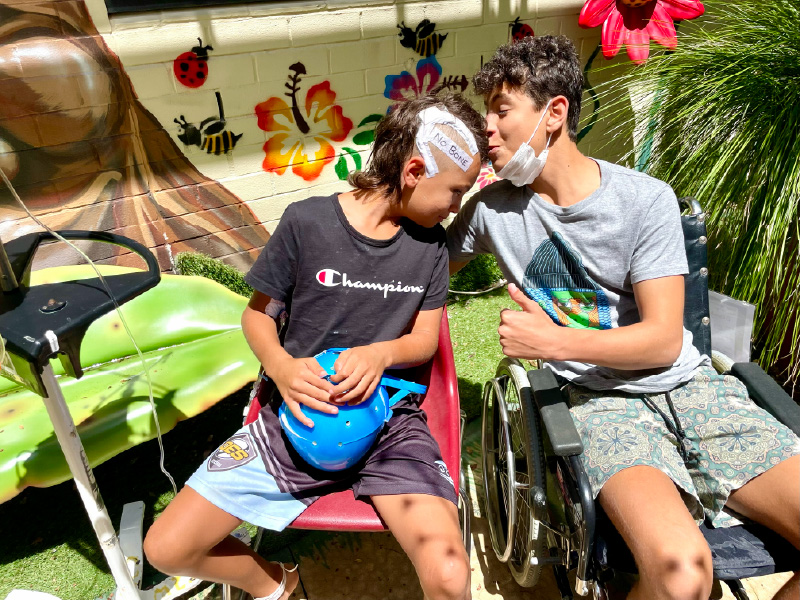
"He was admitted to ICU, and it was nothing I could ever imagine," Nicole recalls. "He had a spaghetti of wires all over his body. He was intubated. I didn’t leave his side. I slept there and just watched his numbers on those monitors go up and down."
The care he received was nothing short of extraordinary, but his fight was far from over. "In those initial weeks, I just wrapped him in cotton wool. I wouldn’t let him move. The worst-case scenarios kept running through my head. I wasn’t sleeping. I was always checking on him to make sure he hadn’t rolled onto that side of his head."
Despite these challenges, Remy’s resilience shone through. A huge part of his recovery, Nicole says, was the emotional and psychological support provided by the Child Life Therapists.
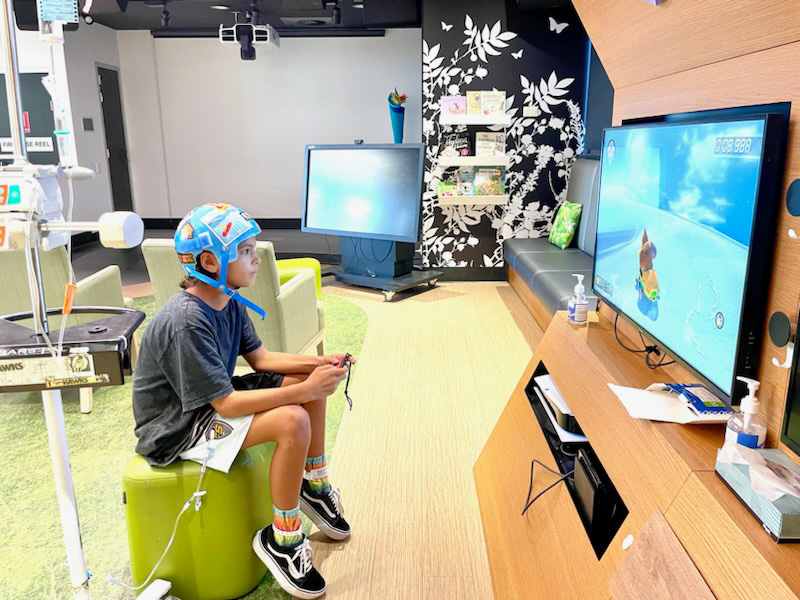
"I think, without that emotional and psychological support, he wouldn’t have recovered the way he did," Nicole says. "He had haematologists, neurosurgeons, EMTs, infectious disease specialists and the Child Life Therapists. He had so many teams looking after him. They helped him switch his mindset from ‘I can’t’ to ‘I can.’”
Today, Remy has not only regained his strength but also embraced life with open arms. Remy is thriving in high school, acting in plays, and excelling in sports like surfing and rugby.
Remy’s story is a powerful reminder of the difference we can make together. Your support helps provide life-saving care, fund cutting-edge research and create positive patient experiences for kids and their families during their darkest moments.
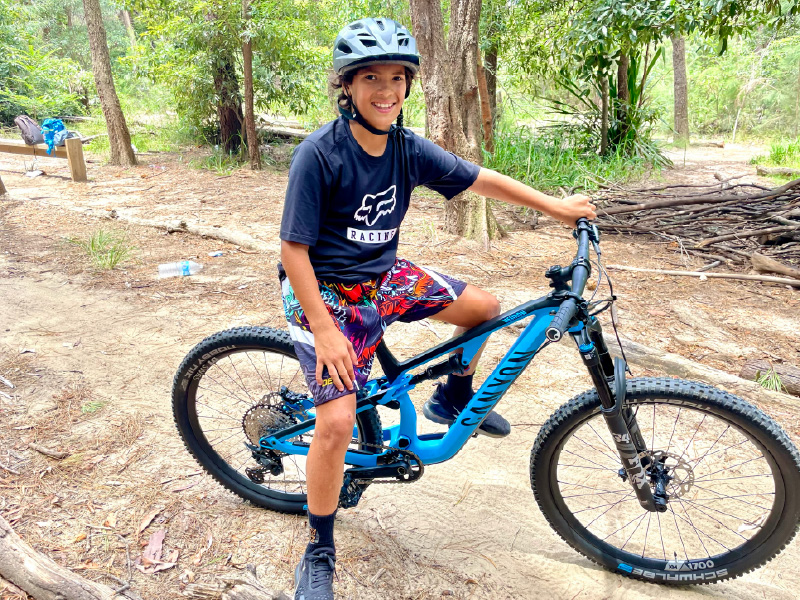
Donate today to change the future for more kids like Remy.


